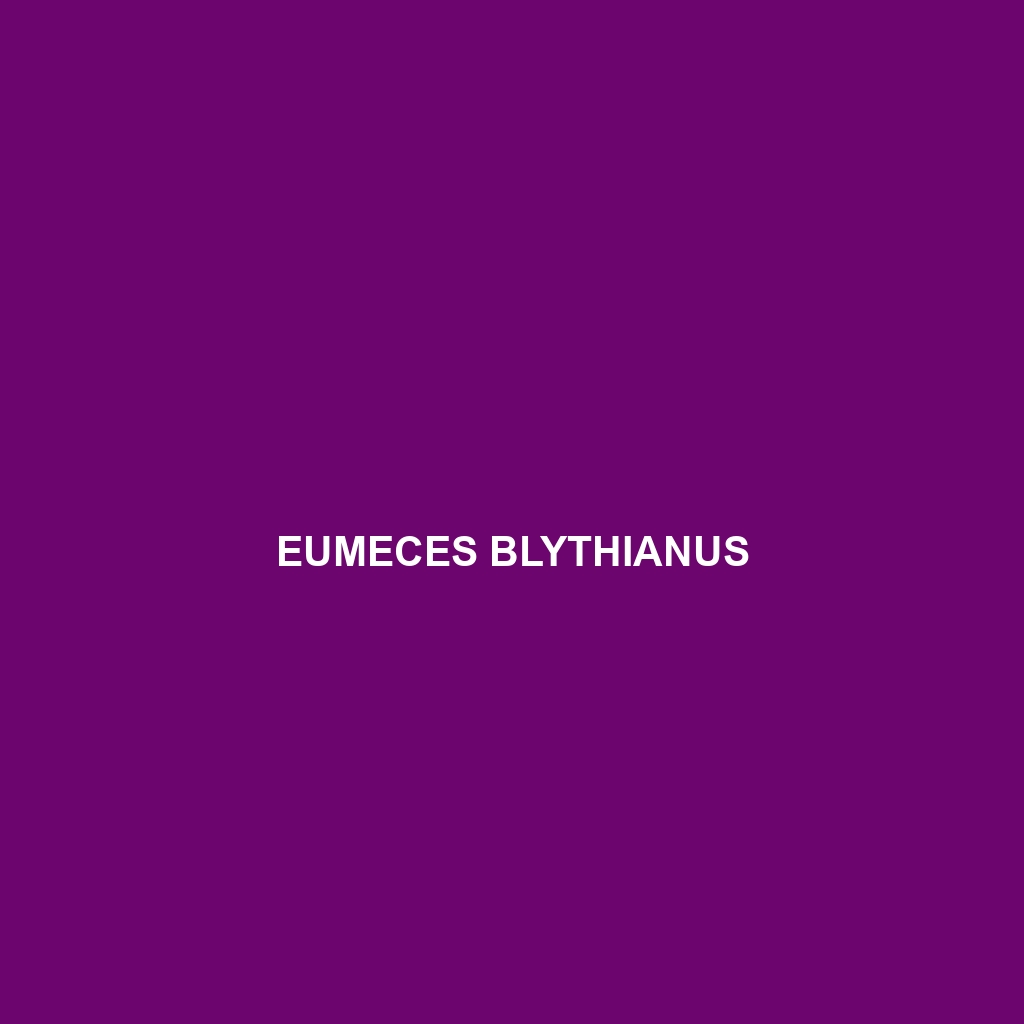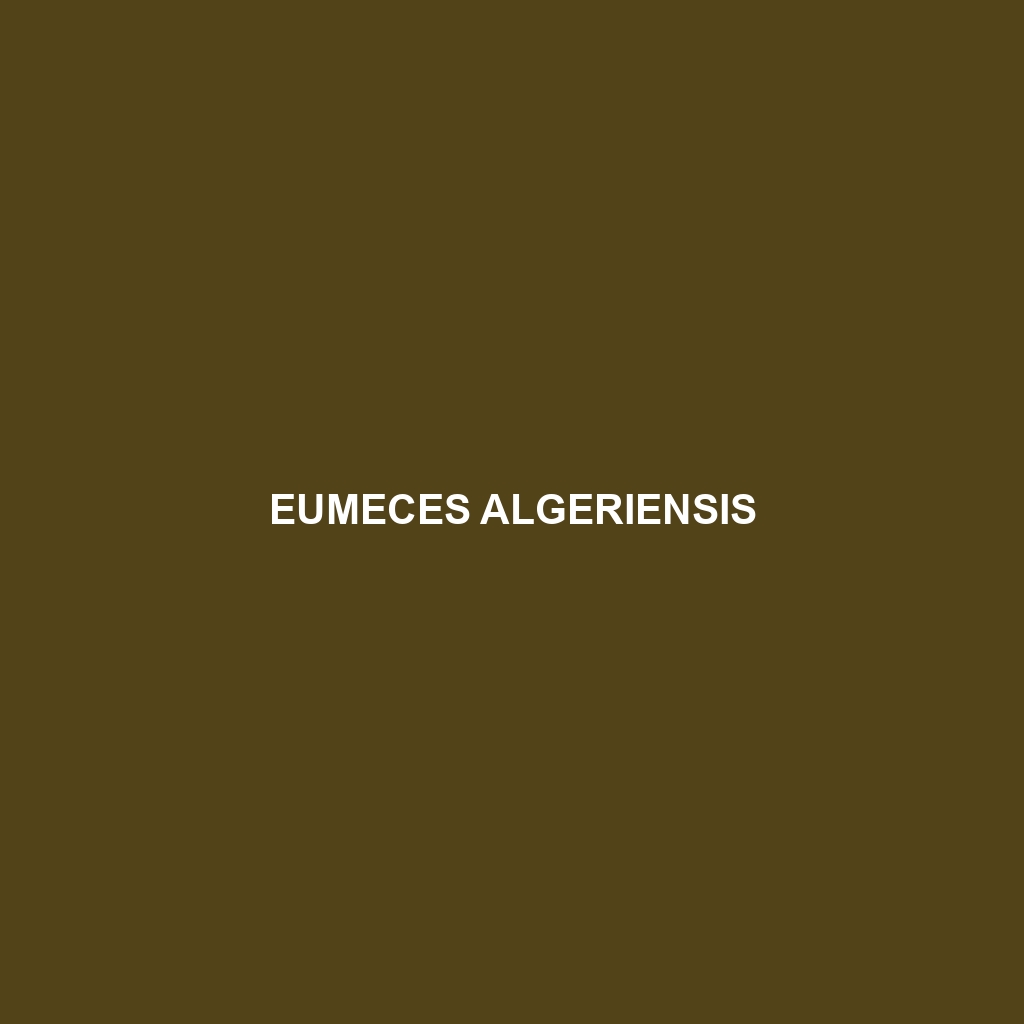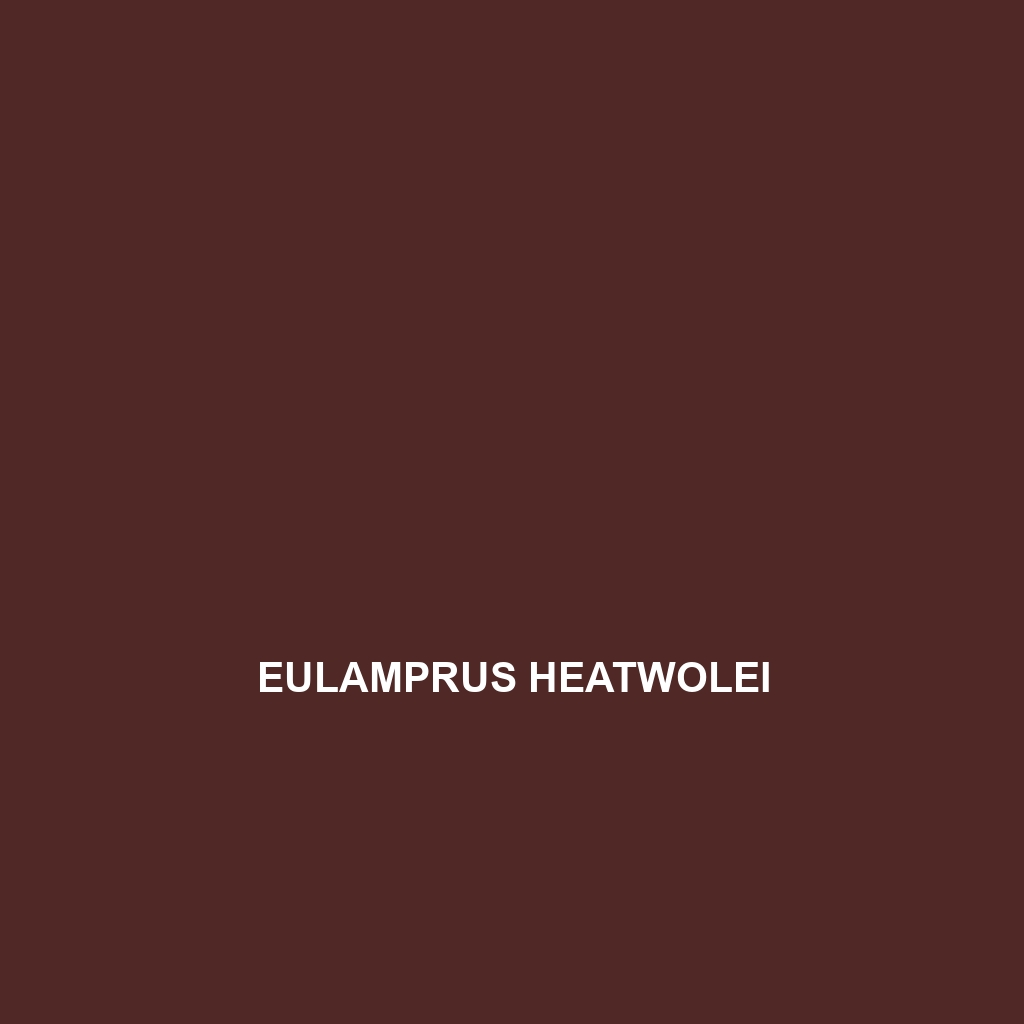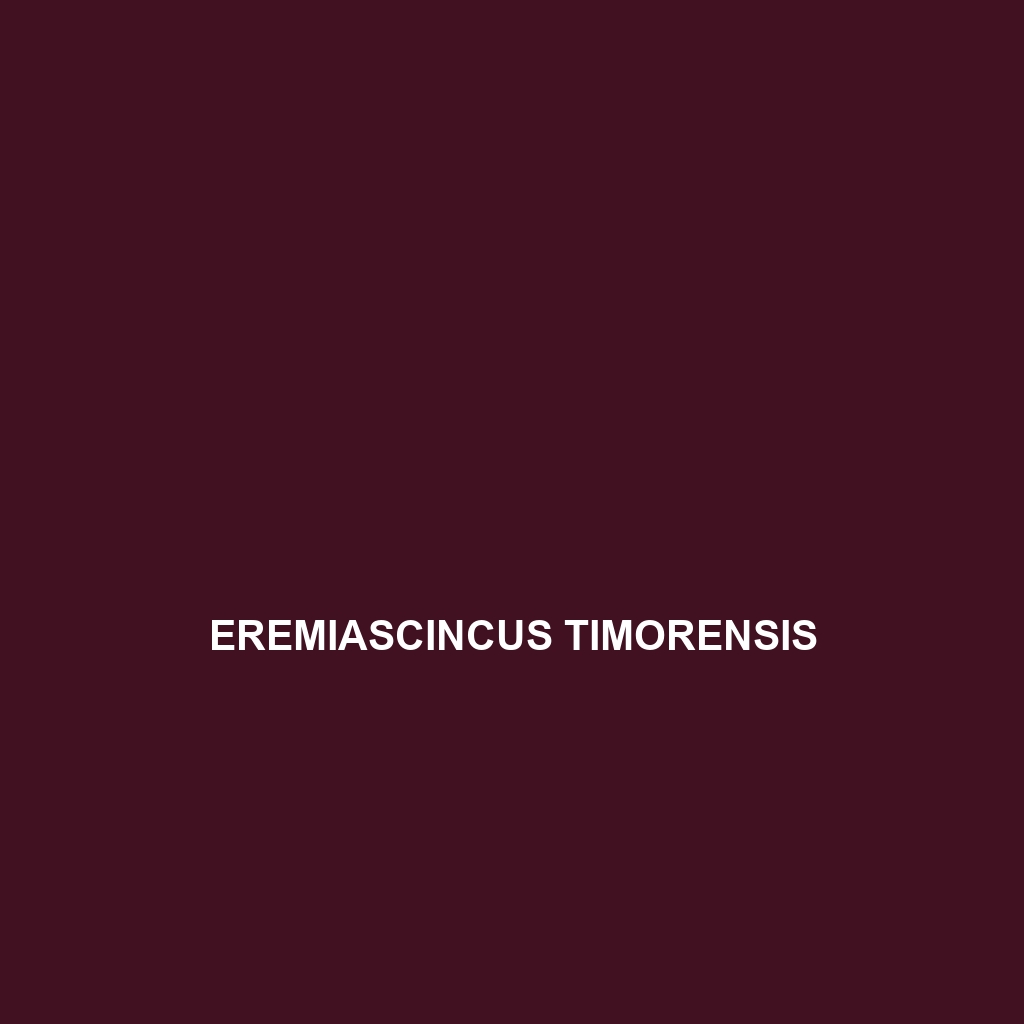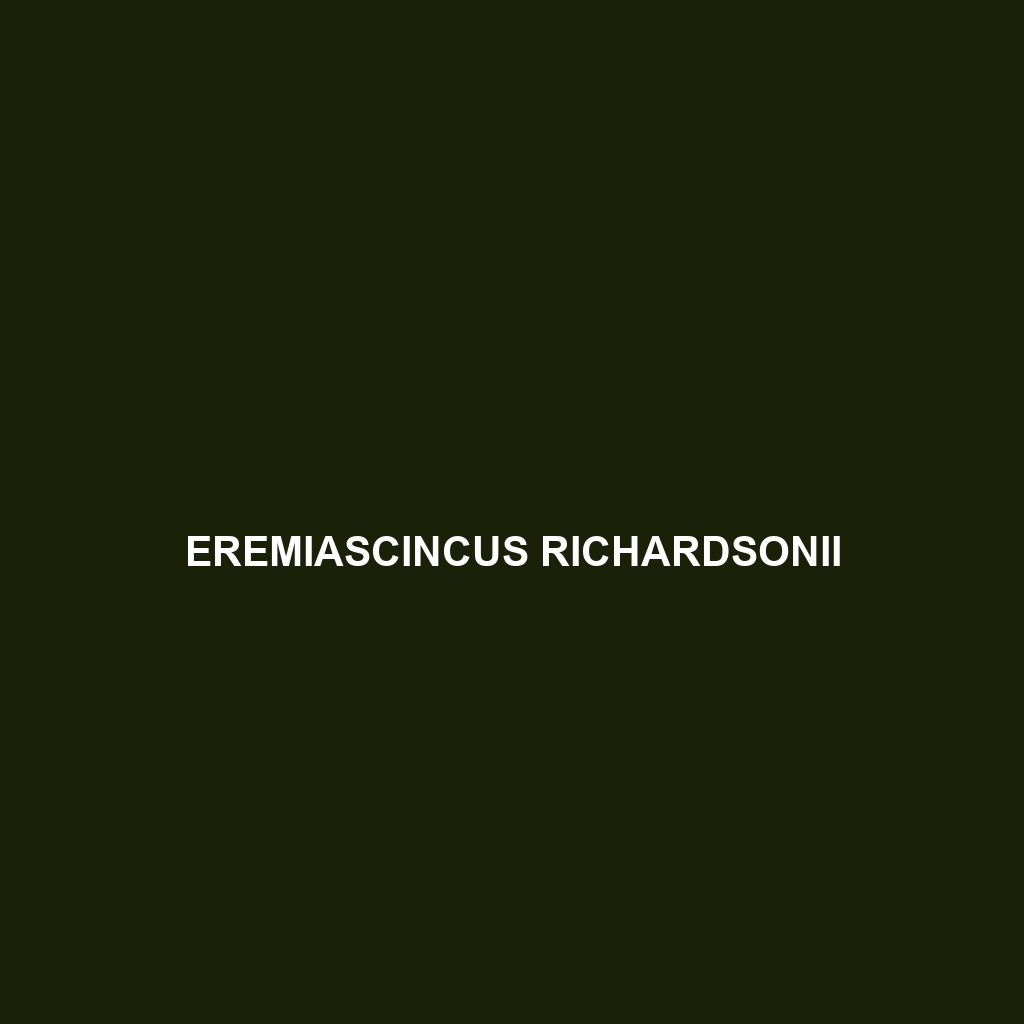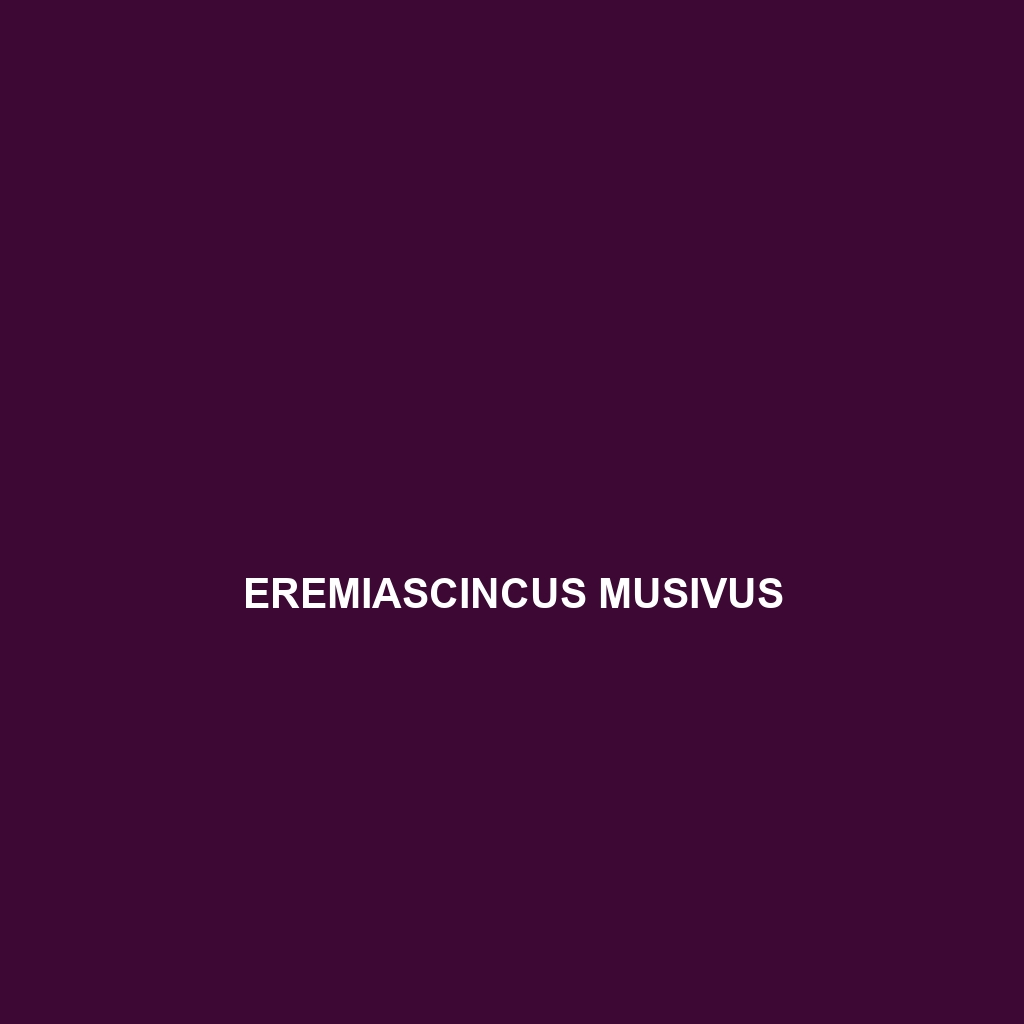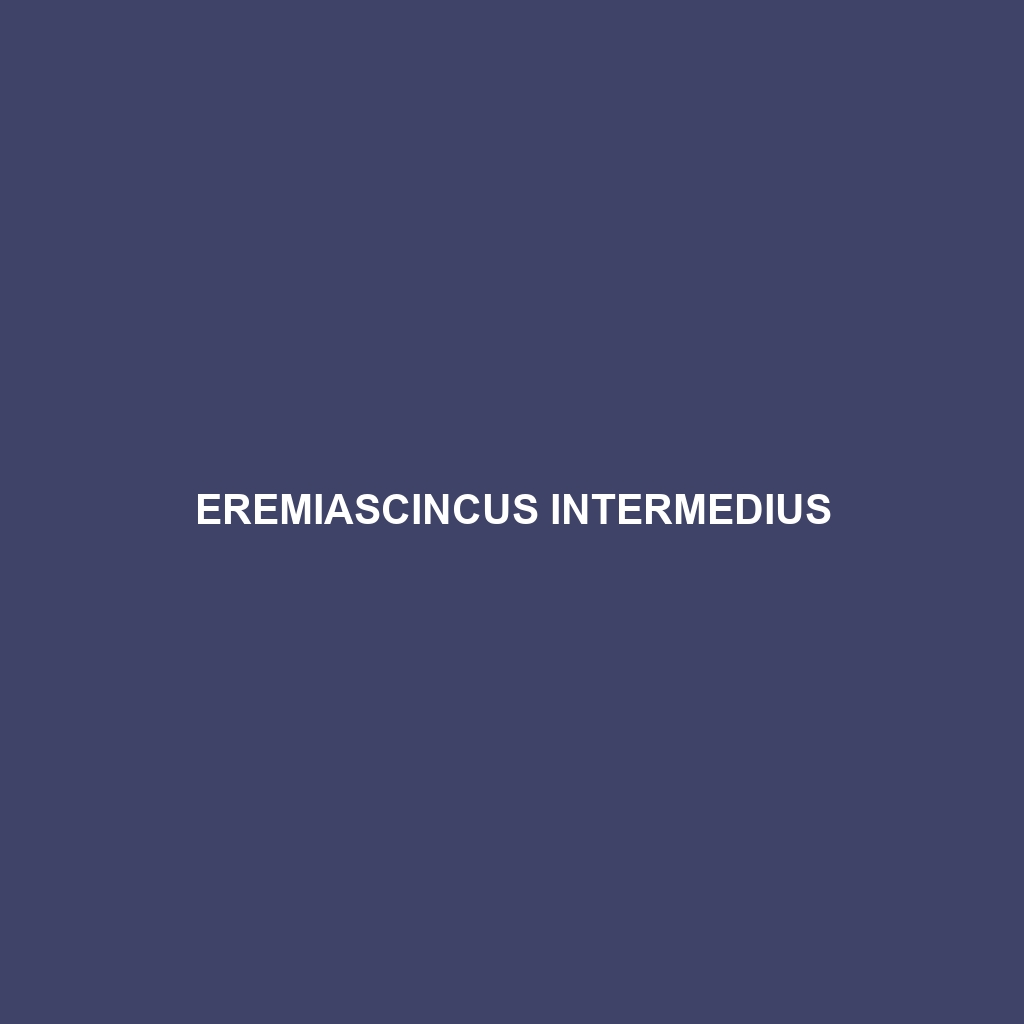Common Name Eumeces persicus Scientific Name Eumeces persicus Habitat Eumeces persicus, commonly known as the Persian Skink, is primarily found in the arid and semi-arid regions of western Asia, specifically in countries such as Iran, Turkey, and parts of Azerbaijan. This species favors rocky outcrops, grasslands, and sparse woodlands, where it takes advantage of the […]
Tag: skink habitat
Eumeces blythianus
<p><b>Eumeces blythianus</b>, commonly known as Blyth's skink, is a diurnal, insectivorous lizard found predominantly in moist, temperate forests of Southeast Asia. Characterized by its glossy, dark brown or olive-green coloration, this species plays a crucial role in controlling insect populations and maintaining ecological balance in its habitat.</p>
Eumeces algeriensis
<p>The <b>Eumeces algeriensis</b>, or Algerian skink, is a diurnal, omnivorous reptile found across North Africa's warm habitats, exhibiting a striking olive-green or brown coloration with a length of 15 to 25 centimeters. This species plays a crucial role in controlling insect populations and serves as an indicator of healthy ecosystems.</p>
Eulamprus leuraensis
<p><b>Eulamprus leuraensis</b>, known as the Leura Skink, is a slender, colorful skink native to the temperate forests of southeastern Australia, particularly the Blue Mountains. This insectivorous species thrives in moist environments, playing a critical role in maintaining ecological balance by regulating insect populations.</p>
Eulamprus kosciuskoi
Eulamprus kosciuskoi, or the Kosciuszko Skink, is a medium-sized, diurnal reptile native to the alpine regions of southeastern Australia, characterized by its slender body, smooth scales, and striking coloration that aids in camouflage. This insectivorous skink plays a vital role in its ecosystem by controlling insect populations while serving as prey for larger predators.
Eugongylus unilineatus
Introducing the Eugongylus unilineatus, or striped skink, a medium-sized skink native to Southeast Asia, thriving in tropical rainforests and mangrove swamps. Known for its striking dark brown or gray stripes and insectivorous diet, this diurnal species plays a vital role in its ecosystem by controlling insect populations and aiding in seed dispersal.
Eremiascincus rubiginosus
Discover the <b>rusty skink</b> (<i>Eremiascincus rubiginosus</i>), a fascinating diurnal reptile thriving in Australia and New Guinea's temperate forests, known for its distinctive reddish-brown coloration, agile behavior, and vital role in controlling insect populations. This resilient skink adapts to various habitats, showcasing unique features like tail autotomy for predator evasion and rapid maturation within a year.
Eremiascincus richardsonii
<p><b>Eremiascincus richardsonii</b>, known as Richardson's skink, is a diurnal insectivore found in southeastern Australia, thriving in temperate habitats like woodlands and scrublands. This slender skink, ranging from 15 to 25 cm, plays a crucial role in ecosystem balance by controlling insect populations and providing food for predators.</p>
Eremiascincus isolepis
<p><b>Eremiascincus isolepis</b>, commonly known as the eastern skink, is a slender, diurnal insectivore native to the temperate forests and woodlands of eastern Australia, recognized for its smooth, shiny scales and remarkable tail regeneration ability. This skink plays an essential role in its ecosystem by controlling insect populations and serving as prey for larger predators.</p>
Eremiascincus intermedius
The Eremiascincus intermedius, commonly known as the intermediate skink, is a diurnal insectivore found in the temperate forests and savannas of eastern Australia, characterized by its smooth, shiny brown or gray scales and unique behaviors, including rapid zigzag movements for predator evasion. This species plays a crucial role in maintaining insect populations and serves as prey for larger predators, highlighting its ecological importance.

